Off The Wall Art
Recently captured street art in Hong Kong

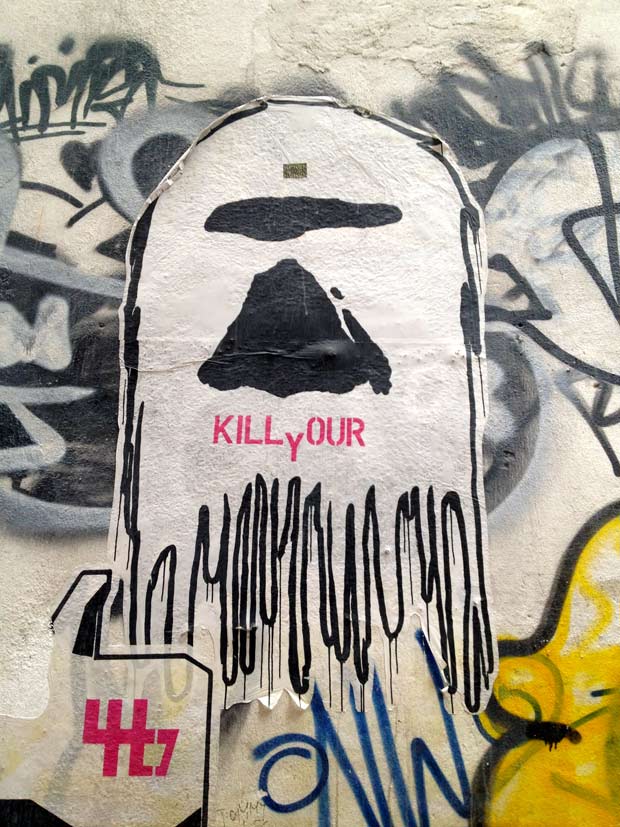

The art scene in Hong Kong is an exercise in contradictions. While the city plays host to one of the most well respected and largest international art fairs in the world, very few Hong Kong galleries represent local artists and the city seriously lacks in fine art colleges. Knowledgeable natives often tell visitors in search of local culture that it’s best to skip the government-run Hong Kong Museum of Art and hit the sidewalk instead. On a recent trip to Hong Kong I took that advice, and below are a few works that caught my eye along the way.
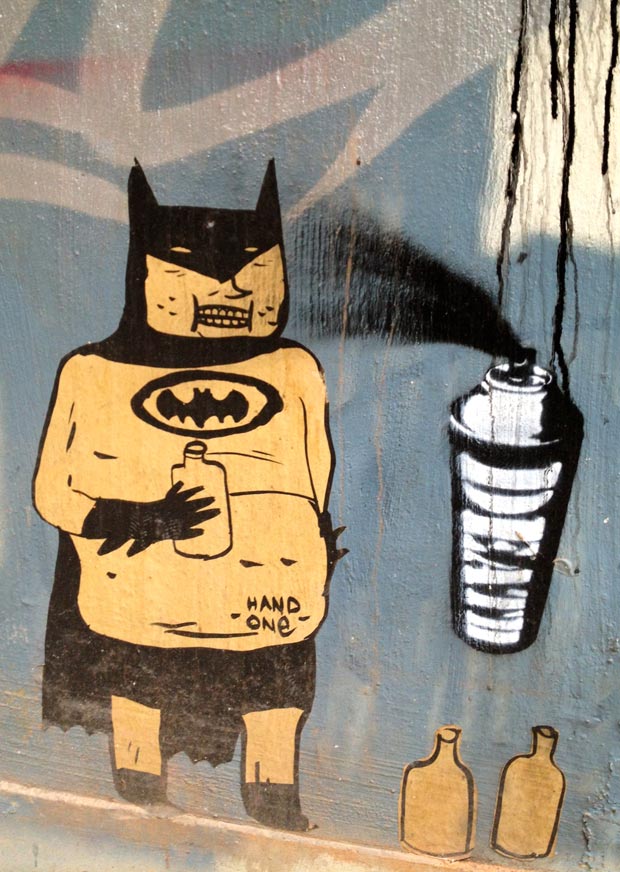
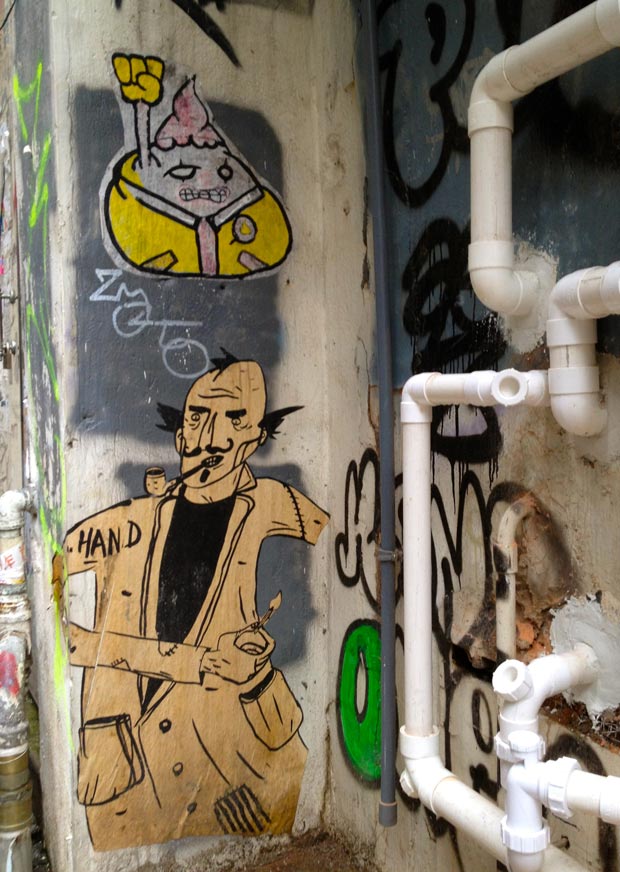
Hong Kong has a long history of street art and graffiti. Tags, throw-ups, stencils and stickers are legion throughout the area, but they appear most prominently in the Lin Hok Lane garden in Sheung Wan and down the side streets of Causeway Bay.
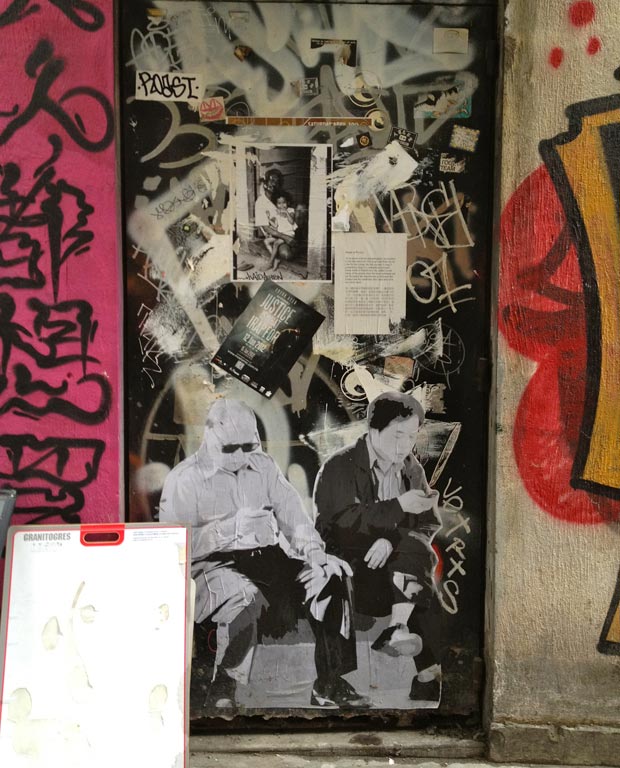

One of the most famous Hong Kong street artists was Tsang Tsou Choi. The self-titled “King of Kowloon” Tsang painted calligraphy all over the peninsula, claiming royal lineage that entitled him to ownership of the area. When he died in 2007 at the age of 85, many tried to photograph or preserve his rants. But to date there are only four remaining, including a concrete pillar at Tsim Sha Tsui Star Ferry Pier, which was given a protective sheath. The rest have been sold off at high auctions in institutions that likely would have barred Tsang while he was alive.

Another controversial and prevalent graffito that has dotted Victoria Harbor since 2011 is the stencil “Who’s Afraid of Ai Weiwei?” by 23-year-old artist Tang Chin, AKA Tangerine. Chin’s stencils pose a reaction to the detention of Chinese contemporary artist and political activist Ai Weiwei on 3 April 2011 at Beijing Airport.
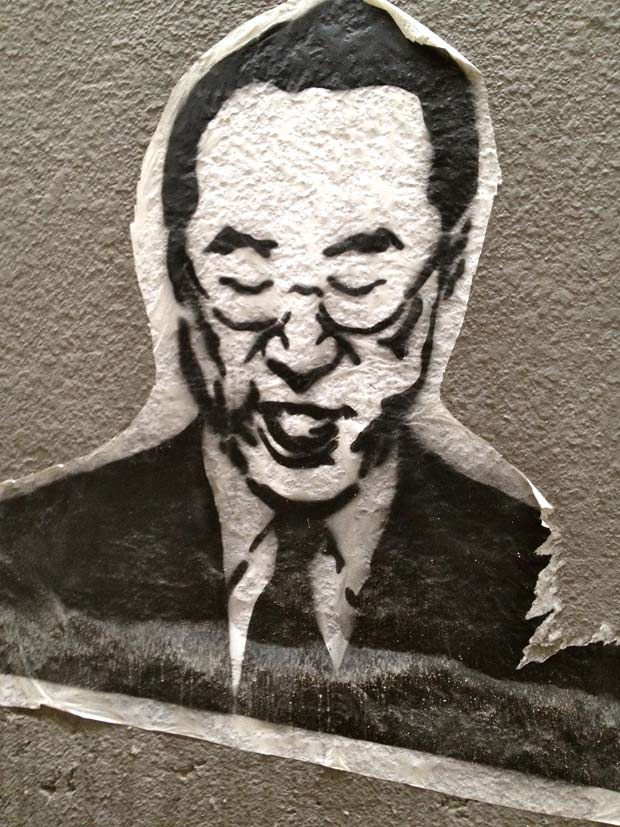

While many of her original messages have been painted over by Hong Kong authorities, we did come across a “Death Ai Weiwei” stencil on a ladder street in Sheung Wan, revealing that there is still hostility toward the Chinese government’s treatment of the activist—and an underlying fear that the city’s freedoms are increasingly at risk.












